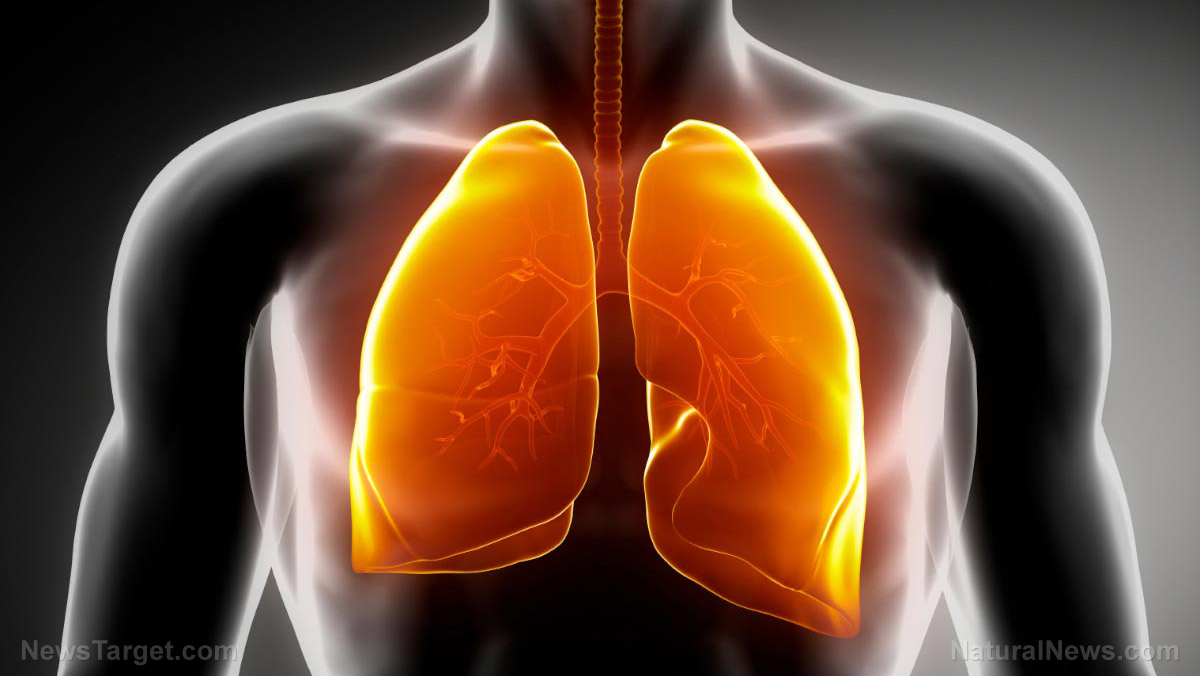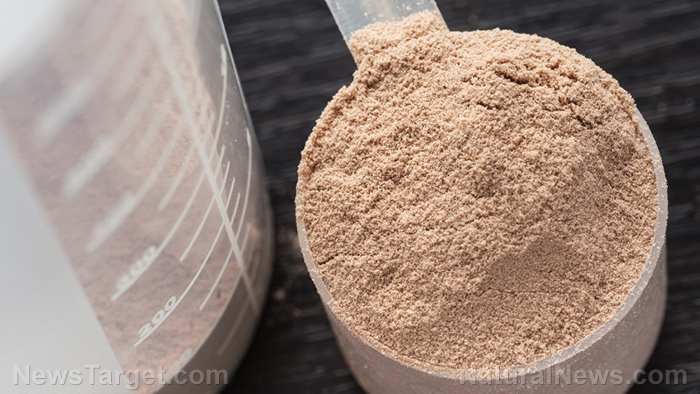Study: Low vitamin D levels could be the reason why more than HALF of postmenopausal women have a metabolic syndrome
05/02/2018 / By Michelle Simmons

According to a new study, low vitamin D levels could be the reason why over 50 percent of postmenopausal women have a metabolic syndrome. The study, published in the journal Maturitas, found a strong link between the lack of vitamin D and metabolic syndrome in postmenopausal women. Metabolic syndrome is a set of conditions that lead to an increased risk of heart disease, stroke, and diabetes.
In the study, a team of researchers from Sao Paulo State University’s Botucatu Medical School (FMB-UNESP) measured the vitamin D levels of 463 women aged between 45 and 75 years. In addition, they analyzed the factors indicating metabolic syndrome. The team observed the participants for two years at FMB-UNESP’s Climacteric & Menopause Outpatient Clinic. The last menstruation of the participants happened at least 12 months prior to the study, and they also did not have existing or pre-existing heart complications.
To determine whether the participants had a metabolic syndrome, the researchers used the typical parameters for metabolic syndrome diagnosis – waist circumference over 88 centimeters (cm), high blood pressure, high blood glucose, and abnormal levels of trigylcerides and cholesterol. Meeting three or more of these criteria indicated a metabolic syndrome.
Results revealed that more than 50 percent of the women with vitamin D deficiency had a metabolic syndrome, while metabolic syndrome was found in 39.8 percent of women with adequate vitamin D. in addition, the research team found that the lower the level of blood vitamin D is, the higher the occurrence/incidence of metabolic syndrome. The findings of the study indicated that increasing or maintaining adequate levels of vitamin D in postmenopausal women can lower the risk of disease. Past studies have also suggested that vitamin D plays a role in insulin secretion and sensitivity.
“The vitamin D receptor is expressed in insulin-secreting pancreatic beta cells and in peripheral target tissues such as skeletal muscle and adipose tissue. Vitamin D deficiency can compromise the capacity of beta cells to convert pro-insulin to insulin,” the researchers wrote.
Increasing vitamin D intake
The Recommended Dietary Allowance (RDA) for vitamin D is 600 international units (IU) for everyone below 70 years old, and 800 IU for those older than 70 years. One of the things that the body needs to make vitamin D is sunlight, hence its other name — the “sunshine vitamin.” However, not everyone gets exposed to enough sunlight, especially during winter. Another factor that affects the body’s production of vitamin D is the use of sunscreen, which blocks UVB rays needed to make the vitamin. Moreover, the skin produces less vitamin D with age.
Fortunately, there are other ways that can help you get enough vitamin D. You can get the vitamin from food. One of the best food source of vitamin D is fatty fish, such as salmon, trout, mackerel, tuna, and eel. Fatty fish does not only provide vitamin D, but omega-3 fatty acids as well. Other food sources of vitamin D include beef or calf liver, cod liver oil, canned fish, shiitake mushrooms, yogurt, almond milk, orange juice, breakfast cereals, fortified tofu, oatmeal, cheese, egg yolks, and eggnog.
Another way to increase vitamin D intake is to take magnesium, either through dietary intake or supplements. According to a study published in The Journal of the American Osteopathic Association, magnesium is needed for the body to produce and properly metabolize vitamin D. The lack of magnesium in the body will result in vitamin D remaining stored and inactive within the body.
Read more news stories and studies on vitamin D by going to VitaminD.news.
Sources include:
Tagged Under: blood pressure, diabetes, diabetes science, heart disease, metabolic syndrome, natural remedies, postmenopausal women, prevent disease, stroke, sunlight, sunshine vitamin, vitamin D, vitamin D deficiency, vitamin D sources, women, women's health




















